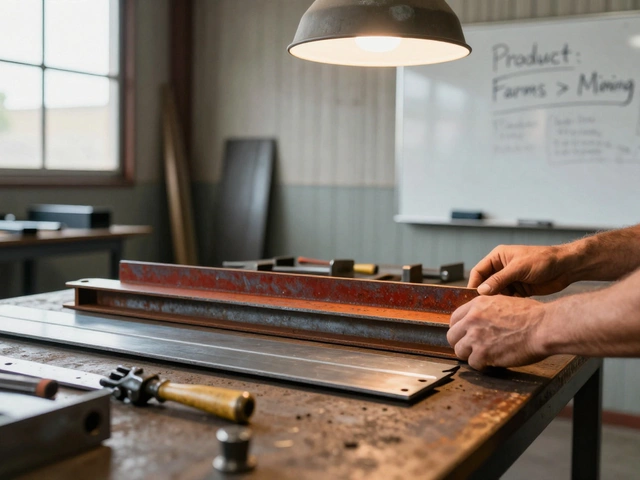Mass Production Made Simple: How to Speed Up Your Factory
Ever wonder why some factories crank out thousands of units a day while others struggle with a handful? The secret is mass production—making a lot of the same product quickly and affordably. In this guide we’ll break down the core ideas, show you where most mistakes happen, and give you plain‑English steps to improve your own line.
Why Mass Production Still Rules
Mass production isn’t new, but it’s more powerful now thanks to automation, data, and cheaper raw materials. When you produce in large volumes you get three big wins:
- Lower unit cost: Buying material in bulk, using the same setup over and over, and spreading labor costs across many items all shrink the price per piece.
- Consistent quality: Repeating the same process reduces variation, so each unit looks and works the same way.
- Faster turnaround: A well‑tuned line can shift from raw material to finished goods in hours instead of days.
These benefits are why sectors like pharma, textiles, and electronics rely on mass production to stay competitive.
Three Pillars to Build a Successful Mass Production Line
1. Standardized Method – Write down every step, from feeding the first piece of metal into a press to the final inspection. Use visual work instructions so operators don’t have to guess. When the method is locked down, training new staff takes minutes, not weeks.
2. Reliable Machines – Choose equipment that can run 24/7 with minimal downtime. Invest in predictive maintenance tools that alert you before a bearing fails. A single breakdown can halt an entire line, costing thousands.
3. Real‑time Measurement – Install sensors that capture cycle time, defect rate, and energy use. Display these numbers on a shop‑floor board so everyone sees performance live. When workers see a dip, they can act instantly.
Putting these three together creates a feedback loop: clear method → steady machines → data‑driven adjustments → even better method.
Now let’s look at some practical actions you can start today.
Quick Wins to Upgrade Your Production
Audit the Layout – Walk the floor and note any extra walking or material handling. Even a few meters saved per part adds up over thousands of units.
Batch Similar Tasks – Group operations that use the same tool or fixture. This reduces change‑over time, which is a major source of waste in many plants.
Empower Operators – Give shop floor staff a simple “stop‑the‑line” button for quality issues. When front‑line people can halt a problem, you avoid shipping defective products.
Use Simple Data Sheets – Track daily output, scrap, and downtime on a whiteboard. It costs nothing and keeps the whole team focused on improvement.
Even without huge capital, these steps tighten the process and push you closer to true mass production efficiency.
Mass production isn’t just about smashing out more units; it’s about doing it smarter, cheaper, and with fewer defects. By standardizing methods, keeping machines humming, and watching the numbers in real time, any factory—big or small—can reap the rewards.
Ready to turn your line into a high‑speed, low‑cost powerhouse? Start with one of the quick wins above, track the impact for a week, and then move to the next step. Little changes add up fast, and before you know it you’ll be producing at a scale that sets you apart from the competition.
Major Economic Advantage of the Factory System: Mass Production Revolution
The factory system transformed industries by boosting efficiency, lowering costs, and making goods affordable. This article explores how mass production changed economies and daily life.
Read More




